Everywhere you sell online, think Payoneer
Selling online shouldn’t mean you have to become an expert in international trade and banking. Here are a few things you can leave in the safe hands of Payoneer: eliminating wire transfer costs, consolidating sales across marketplaces and platforms, and getting paid.
See what our platform can do
At Payoneer, we like to make life easier for our customers, so we designed your account to be clean, clear, and intuitive. This helps you view, report, and manage your cross-border payments efficiently. And more time to get back to your business priorities while Payoneer gives you peace of mind about payments.
Transact transparently
It’s easy to see all your transaction details and manage incoming payments, withdrawals to local India bank accounts, fees, and more.
Customize effortlessly
Filter your account view by transaction type and status. Print or export transactions for your records – to either Excel or PDF formats.
Report monthly
Generate a monthly activity statement. It shows you how healthy your cashflow is and details your incomings.
Get paid directly
Forget wire transfer costs and get paid like a local. With Payoneer, you can accept payments straight to your own local receiving accounts. Perfect for quick, easy, and direct payments to one consolidated account from companies and individuals all over the world.
Go global, get paid local
Local account details in key markets, like you have bank accounts worldwide.
Meet customers in their backyard
Give your customers a simple way to pay in a currency and payment method that suits them.
Bring more home
Increase your income when you say goodbye to wire transfer costs.
Easy advice in your language
Managing international payments can cost your business money, time, and effort. Our international team is ready to assist in 22+ languages – we can offer the help and advice you need to help your global ecommerce business grow.


